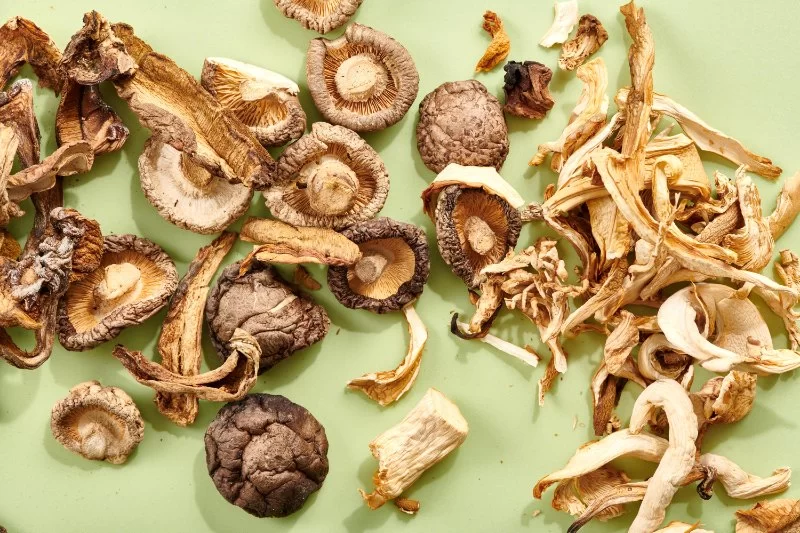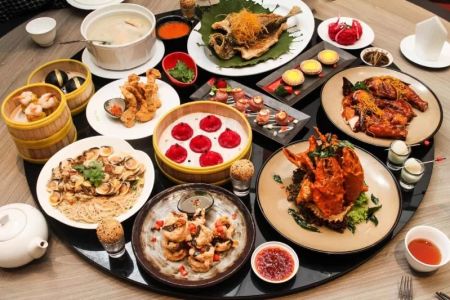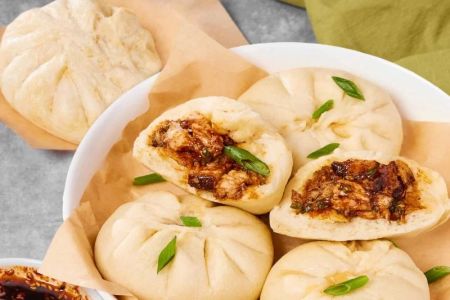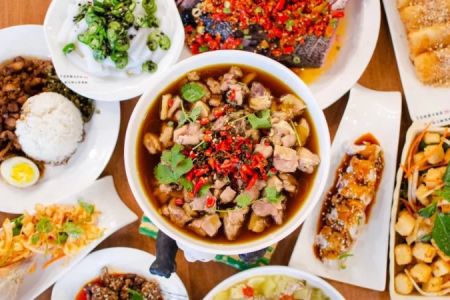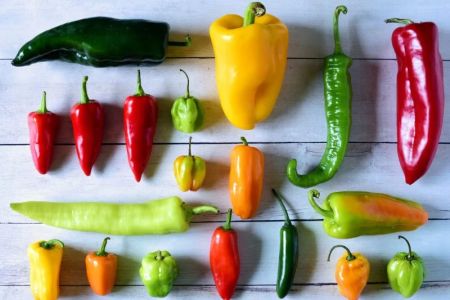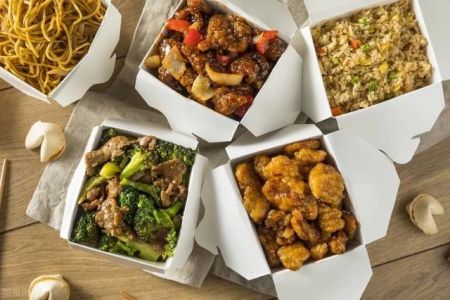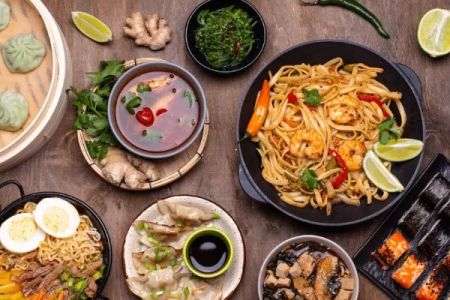1. Understanding Chinese dry goods and their culinary heritage
Chinese dry goods are the backbone of many traditional recipes, carrying the deep, layered flavors that fresh ingredients alone cannot achieve. These pantry staples—dried mushrooms, fungus, and seafood—have been part of Chinese culinary culture for centuries, prized for their longevity, portability, and concentrated taste. A trip to a Chinese food market often reveals rows of fragrant, textured goods that tell the story of generations of cooking traditions.
In Chinese cooking, these ingredients are more than food—they are a bridge to heritage, connecting modern kitchens to ancient culinary wisdom.
2. Dried mushrooms: Umami powerhouses in Chinese cooking
Dried mushrooms, especially shiitake, are a cornerstone in many Chinese dishes. Their drying process intensifies the natural umami, making them ideal for broths, stir-fries, and braised dishes. Once rehydrated, they release a rich, earthy aroma that instantly elevates a dish.
One home cook recalls making a classic chicken and mushroom clay pot rice: “The moment the dried mushrooms hit the steam, the entire kitchen smelled like my grandmother’s house.” That sensory connection is part of what makes these mushrooms so beloved in authentic cooking.
3. Dried fungus: Texture, health benefits, and versatility
Dried black fungus (wood ear) and white fungus (snow fungus) are valued for their unique textures—crisp yet tender. In savory dishes, wood ear adds crunch to stir-fries and soups, while snow fungus is often used in sweet desserts for its gelatinous, nourishing quality.
Traditional Chinese medicine also praises fungus for potential health benefits, such as improving circulation and skin health. While modern science is still studying these claims, many households include fungus in their meals for both flavor and wellness.
4. Dried seafood: Depth of flavor from the ocean
Dried scallops, shrimp, and oysters are prized for their ability to infuse dishes with a savory-sweet depth known as xian wei. Just a few pieces can transform a simple soup into a restaurant-worthy dish. Cantonese congee with dried scallops, for instance, gains a naturally rich broth without the need for excessive seasoning.
In coastal regions, dried seafood is also a sign of preserving abundance—a way to keep the flavors of the sea alive year-round.
5. Selecting and preparing Chinese dry goods
When selecting dried mushrooms, look for caps that are thick, unbroken, and have a strong fragrance. For fungus, seek clean, dry pieces without excess dust. Dried seafood should have a natural aroma without a strong fishy smell, indicating freshness and proper processing.
Preparation often involves soaking in warm water until rehydrated—sometimes for minutes, sometimes overnight, depending on the ingredient. The soaking liquid, especially from mushrooms and scallops, can be strained and used as a flavorful cooking stock.
6. Real cooking experiences and flavor transformations
Chef Li from San Francisco recalls preparing braised abalone with shiitake mushrooms for a Lunar New Year feast. “The dried ingredients brought an intensity you just can’t get from fresh,” he says. At home, food enthusiasts experimenting with these ingredients often express surprise at how little is needed to create depth of flavor.
Using Chinese dry goods is as much about technique as it is about the ingredient itself—patience in soaking, balancing flavors, and knowing when to let the ingredient shine.
7. Bringing authentic flavors to your kitchen
Incorporating dried mushrooms, fungus, and seafood into your cooking brings you closer to authentic Chinese flavors. These ingredients offer not just taste but also a connection to tradition, resourcefulness, and the artistry of preserving food.
Whether you’re recreating a family recipe or exploring new dishes, sourcing high-quality Chinese dry goods from trusted places like Chinese Food ensures that every bite carries the richness of history and the depth of flavor that defines authentic cuisine.


